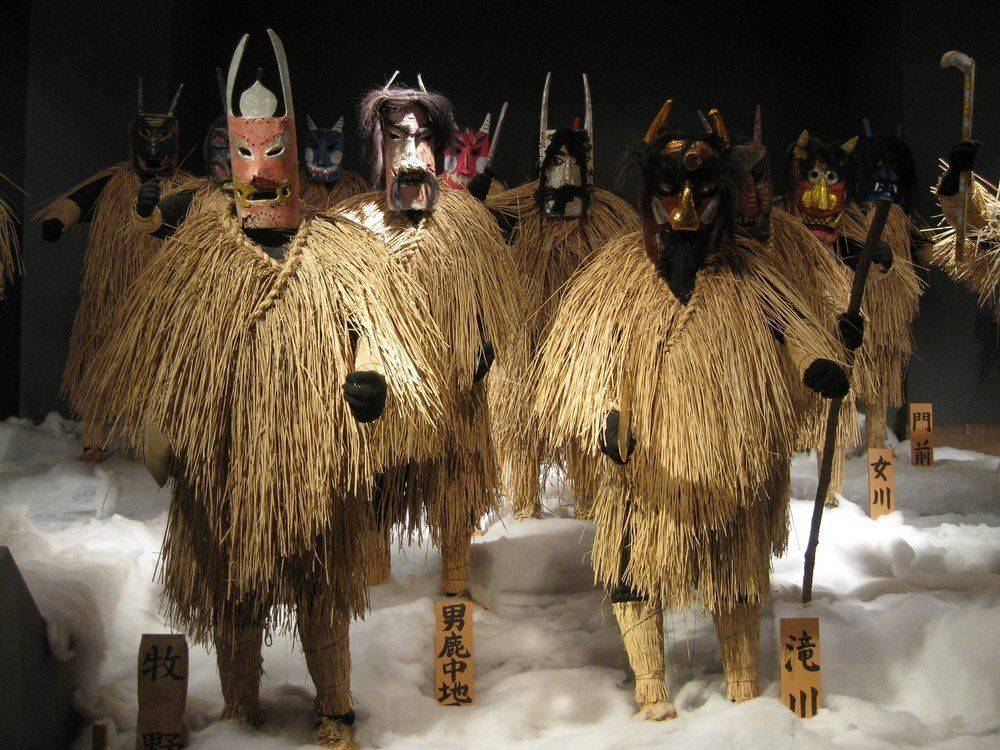Constructing a compelling world with consistent rules is one of the challenges (and fun) of writing my Pillow Book of a Samurai series—Japan in 1175 C.E. People in Medieval times did not regard themselves as Medieval. They were as modern as it got–even if it was the year 1200. The challenge for the author who is recreating a world in an historic time period is that the author knows too much—about 840 years too much, in my case, and some of the stuff that happened 700 years ago, though it may seem old to those of our period, would not have existed 800 years ago. To be sure, things did not progress explosively as they have in the last several hundred years—especially since the Industrial Revolution. Yet, certain things only developed in certain ages. Introducing the reader to an unfamiliar constructed world takes patience, care, and research.
Patience in the sense of revealing it a little at a time—not as exposition, drowning with a fire hose of setup.
Care in how the information is revealed—revealing it from the characters’ point of view, avoiding a break in the narration in the sense of a voice-over.
Research in going through historic record as well as delving into history and anthropology books to get a sense of how things worked—to unlearn the prejudices we have accumulated over time—in my case, the sometimes vivid images of Japan in an age of warriors.
An immediate difference in Medieval Japan is the calendar. Our modern Western concepts of months and weeks goes right out the window. Medieval Japan ran on a Lunar Calendar with some years have 12 months, and others having 13 months, where the extra (intercalary) month falls, but not always at position 13. Hence Yoriko, one of my characters, has a baby during a year with 13 months, so if we calculate with simple arithmetic, it would seem she has a baby in 8 months. Knowing there’s an extra month slotted in during October, it works out to the usual 9 months. Because the Lunar Month is more of less 28 days, it does break into seven day segments, but the concept of “the week after next” would not be typical. At the same time, the author owes it to the reader to not make this all too mysterious. Exotic perhaps, but not to the point that the reader gets lost.
Distances and length measurements were also a challenge. Though the concept of measured length was not unfamiliar to the Medieval person, most likely people of this era would be thinking in terms of time.
“It will take me until the sun is directly overhead to reach the village over the hill.”
Not, “that’s about a six mile walk.”
“That thing over there weighs a ton,” in Medieval times would likely be “that thing is as heavy as an ox” (or two or three).
Then there’s the temptation of taking cool stuff from a later time in history and moving it into the earlier period. In both “Ô-Bon, Festival of the Dead,” and in “Haru, Spring,” part of both novels involve so-called “comfort girls,” and while it is historically inaccurate to call geisha prostitutes, it is also inaccurate to refer to geisha at all in 1200 Japan. Tempting as it is to overlay the exotic geisha into the story, they were not a fixture of this period.
I must admit, I did stretch and use the word “samurai,” which strictly speaking is a word applied to a later era. Samurai means “servant,” with the implication of “retainer.” From my research, in this era the term “warrior,” was in vogue, which would be the word “buke.” However, since the word “samurai” has made its way into the English language, I use it interchangeably with “warrior,” and “buke.”
As involved as this has been, it has been enjoyable, and it helps me, as a writer, to put myself (if only imperfectly) into the head-space of someone who is thinking in concepts of 1180 C.E. I am learning every day.
